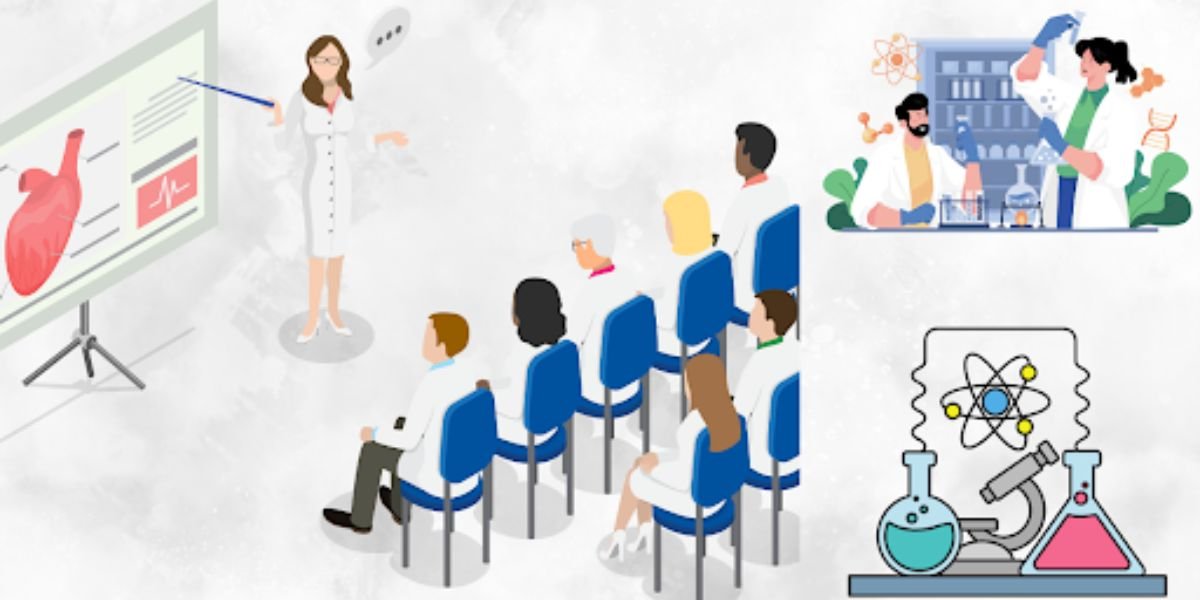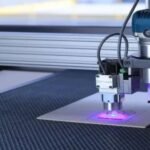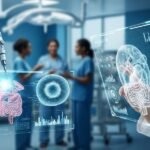Today’s interconnected world expects scientists, researchers, and students not only to innovate in their fields but also to remain prepared for real-world emergencies. While lab protocols and safety goggles are staples of scientific safety, broader health literacy is becoming just as essential. Whether you’re a university researcher or a secondary school science teacher, enrolling in a First aid course and CPR class can make the difference between responding to a crisis effectively or being unprepared. These life-saving skills serve as a bridge between academic knowledge and practical, human-centered application.
STEM and Health Literacy: A New Educational Priority
Science education has traditionally focused on theory, experimentation, and data analysis. But as global events such as pandemics, climate change-related disasters, and health crises become more prevalent, the ability to act during emergencies has gained relevance—especially within scientific communities.
Health literacy, especially as it relates to emergency care, enables professionals in all STEM fields to become responsible global citizens. Adding a layer of health awareness to scientific training fosters a well-rounded, socially conscious generation of scientists.
The Value of Interdisciplinary Preparedness
Modern scientific education emphasizes the importance of interdisciplinary thinking. Just as coding intersects with biology in bioinformatics or chemistry with physics in materials science, so should science intersect with health and wellness.
When scientists and researchers are equipped to assist in emergencies—whether in the lab, classroom, or public space—they embody the full spectrum of responsible, applied science. Learning how to perform CPR, stop bleeding, or identify signs of distress enhances the effectiveness of their broader skill sets.
Why Research Institutions Should Support Life-Saving Training
Universities and research centers are environments filled with chemicals, electrical equipment, sharp instruments, and physical risk. Integrating mandatory or optional first aid and CPR training into research programs makes sense both ethically and practically.
Here are some real-world advantages:
- Faster Emergency Response: On-site trained individuals reduce response time during lab accidents or public emergencies.
- Improved Team Safety: Research is often collaborative; training boosts safety awareness within teams.
- Public Trust: Institutions that prioritize safety show leadership and responsibility, especially in public outreach and citizen science programs.
Building Safer Scientific Communities
From high school science clubs to international research teams, building a culture of preparedness encourages individuals to think beyond equations and test tubes. Consider the fieldwork of environmental scientists or the overseas travel of medical researchers—these are just a few examples where real-world emergency preparedness becomes vital.
Institutions and educators that provide students and staff with the opportunity to train in life-saving techniques send a clear message: scientific knowledge should always align with social responsibility.
A Call to Curriculum Developers
Science curricula often evolve to incorporate the latest in AI, machine learning, and green tech. So why not also include basic medical readiness?
Developing an emergency preparedness unit, co-hosted with local health organizations or online platforms, could be the next big step in creating truly future-ready scientists. These programs don’t just teach how to save lives—they teach that science has a human side.
Final Thoughts
Science operates in the messy, unpredictable world we live in. It operates in the messy, unpredictable world we live in—one where earthquakes, fires, heart attacks, and accidents happen every day. The scientific mind, sharp as it is, becomes even more valuable when it’s prepared to step in during a moment of crisis.
A single First aid course and CPR class can empower a lab technician to save a colleague or a student to protect a friend. In the pursuit of knowledge, let’s not forget the importance of compassion, preparedness, and public service.
















